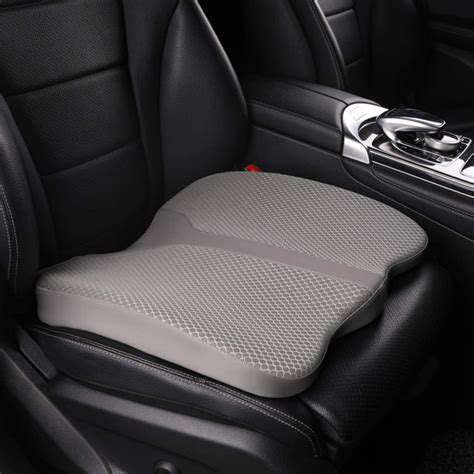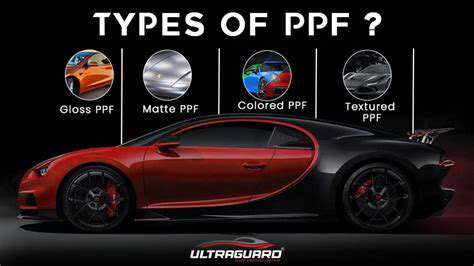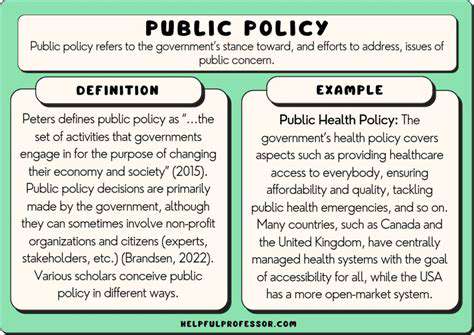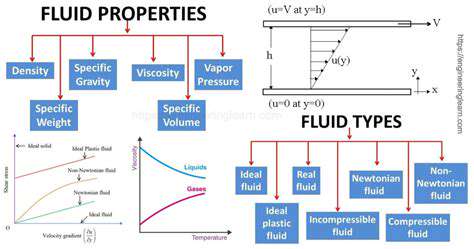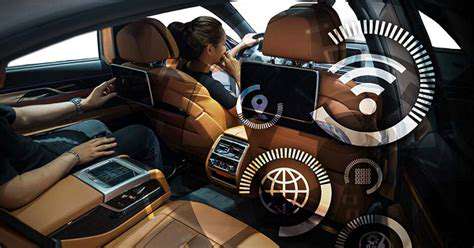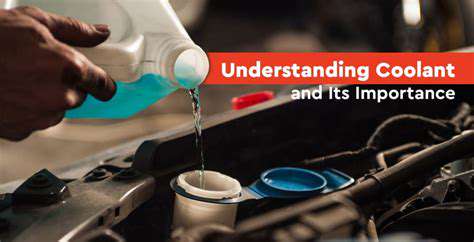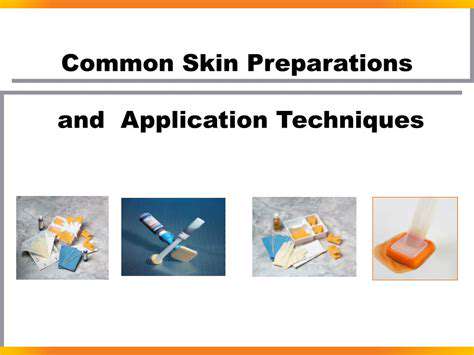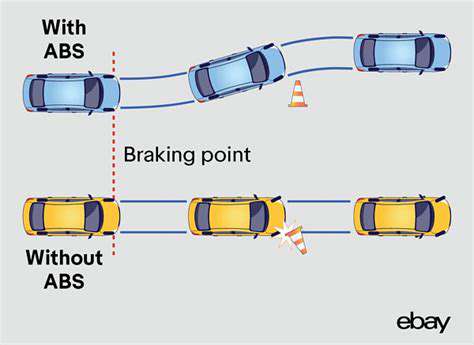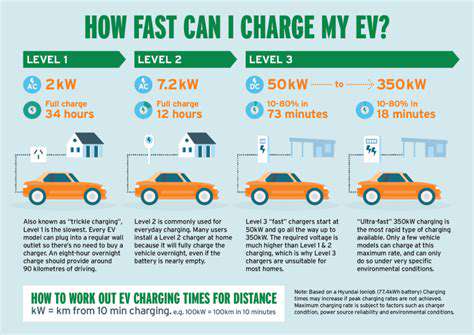The Impact of Varying Levels of Autonomy
SAE International's six-level autonomy classification creates distinct liability landscapes. Vehicles with conditional automation (Level 3) present particular challenges as responsibility dynamically shifts between human and machine. Insurance policies may need to incorporate automation-level detection systems that adjust coverage in real-time.
At higher autonomy levels, traditional driver-focused policies become obsolete. Manufacturers increasingly assume liability through product warranties rather than conventional insurance products. This transition could fundamentally alter automotive insurance markets within a decade.
The Role of Manufacturers in Autonomous Vehicle Insurance
Automakers face potential strict liability for defects in autonomous systems. The shift from mechanical to algorithmic reliability means manufacturers must insure against software failures as thoroughly as they do hardware malfunctions. Some companies are exploring captive insurance subsidiaries to manage these emerging risks.
Software validation processes now carry legal weight comparable to physical crash testing. Version control systems and update documentation become critical evidence in liability cases. Continuous deployment practices must balance innovation with legal defensibility.
The Role of Operators in Autonomous Vehicle Insurance
Fleet operators require specialized coverage for unique risks like remote takeover systems and vehicle cybersecurity. Ride-hailing companies are developing hybrid policies that cover both autonomous and conventional operation modes during transition periods. Maintenance protocols carry increased importance as proper upkeep becomes a shared responsibility.
Operator training programs now include emergency protocol certification alongside traditional driver education. These programs teach appropriate human intervention techniques when systems request control handoff or encounter unanticipated scenarios.
The Role of Passengers in Autonomous Vehicle Insurance
While passenger liability generally decreases, exceptions exist for deliberate interference. Some insurers are introducing passenger conduct clauses that exclude coverage for damages caused by intentional system disruption. Vehicle interiors increasingly incorporate sensors to document passenger actions during critical events.
Future policies may include passenger safety briefings as a coverage prerequisite. These would explain prohibited interactions with autonomous systems and establish expectations for emergency procedures.
The Future of Insurance in the Autonomous Era
The insurance industry faces fundamental restructuring as risk profiles transform. Actuarial models now incorporate software reliability metrics alongside traditional driving behavior data. Usage-based insurance may evolve into performance-based models tied to system capabilities rather than human operators.
Blockchain applications show promise for creating transparent, automated claims processes. Smart contracts could trigger instant payouts when verifiable system failures occur, reducing litigation costs. These innovations may make autonomous vehicles ultimately cheaper to insure than human-driven ones.
Data Privacy and Cybersecurity Concerns in Self-Driving Cars
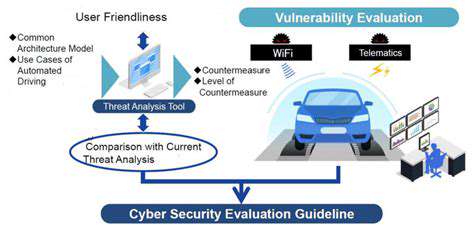
Data Minimization
Modern vehicles generate approximately 25GB of data hourly, creating significant privacy challenges. Privacy-by-design principles mandate that systems collect only essential operational data, anonymizing or deleting extraneous information. Geographic data presents particular concerns, requiring careful geofencing to prevent location tracking beyond operational needs.
Some jurisdictions now require privacy dashboards that let passengers view and control data collection. These interfaces must balance transparency with usability, avoiding overwhelming users with technical details while providing meaningful control.
Security Awareness Training
Automotive cybersecurity training now extends beyond IT staff to mechanical engineers and supply chain managers. Workforce education programs must cover emerging threats like adversarial machine learning attacks that manipulate sensor inputs. Simulation training helps technicians recognize signs of system compromise during routine maintenance.
Manufacturers implement red team exercises where security professionals attempt to breach systems, identifying vulnerabilities before malicious actors exploit them. These exercises now include physical components, testing both digital and mechanical access points.
Access Control and Authentication
Modern vehicles implement hierarchical access systems with cryptographic separation between critical and non-critical functions. Over-the-air update systems use hardware security modules to verify software authenticity before installation. Maintenance interfaces require biometric authentication to prevent unauthorized diagnostic access.
Some luxury models now incorporate secure elements similar to smart cards for owner authentication. These physical tokens provide cryptographic proof of authorization for sensitive vehicle operations and personal data access.
Regular Security Audits and Assessments
Automotive cybersecurity audits now follow standardized frameworks like ISO/SAE 21434. Third-party auditors conduct penetration testing on both vehicle components and backend infrastructure. Supply chain audits verify that components meet security standards before integration.
Continuous monitoring systems analyze vehicle networks for anomalous patterns, triggering alerts when potential breaches occur. These systems must balance detection sensitivity with false positive rates to avoid overwhelming security teams.
Incident Response Plan
Automotive incident response now requires coordination across multiple domains. Manufacturers maintain 24/7 security operations centers specifically for vehicle-related threats. Response playbooks include procedures for remote vehicle isolation when compromises are detected.
Some jurisdictions mandate breach notification timelines specifically for connected vehicles. These requirements often exceed general data protection regulations, reflecting the safety-critical nature of automotive systems.
